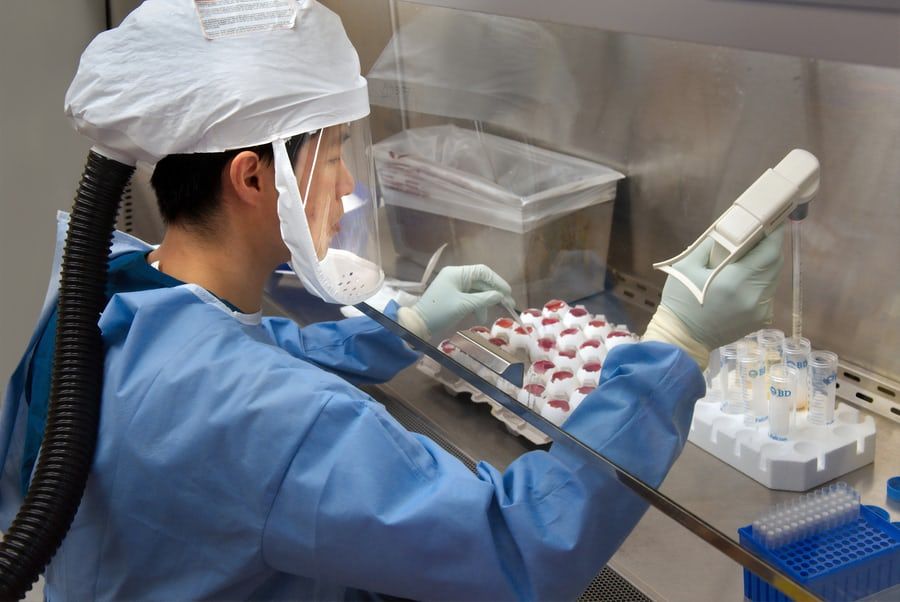Measuring Patients’ Immune Response for Better COVID-19 Diagnosis
Investigators identify gene expression which may explain the highly transmissible nature of the virus.

A new approach for testing the coronavirus disease 2019 (COVID-19) has been developed by investigators from UC San Francisco and the Chan Zuckerberg Biohub (CZ Biohub). The novel approach detects a pattern of immune gene expression that is distinct in infected individuals. The test could potentially aid in errors produced by more standard ones that directly detect the virus caused by COVID-19.
The study, published in Nature Communications, suggests that the test can be employed using the same technology and the same nasal swabs. Although it analyzes different molecules then the current standard, it could potentially be combined into the same panels, lessening the chances of a false negative or false positive result.
The investigators created three proof-of-concept versions of the new test. All three of the tests were based on readouts of gene activity from key genes, with one testing for 3, one for 10 and the last for 27. All 3 of the tests independently detected an infection from the COVID-19 virus in clinically confirmed cases. The more genes the test was monitoring for, the higher its sensitivity to the virus was.
"Without even having to detect the virus itself, these tests to measure changes in the expression of immune-related genes can determine whether or not someone has COVID-19," Chaz Langlier, co-senior author on the study said.
The team examined samples from patients who were showing signs of respiratory symptoms and were tested for COVID-19. While many did have the virus, others were infected with more common ones like the flu. Using computer algorithms, they were able to identify a distinct pattern that was associated with specific immune responses occurring early on in a COVID-19 infection. The pattern was different from other infections and illnesses, which allowed them to diagnose specifically for SARS-CoV-2.
"In samples from COVID-19 patients we initially expected to find a large activation of genes that drive pro-inflammatory pathways, given how horrible we know this virus can be," Eran Mick, an author on the study said. "We were surprised that it turned out to be the opposite. Some inflammatory pathways that were activated by other viruses were not in fact activated in COVID-19.”
The team imagines using the tests to flag possible false negative and false positive viral PCR tests, where direct viral detection fails, or cross-contamination may become an issue.
